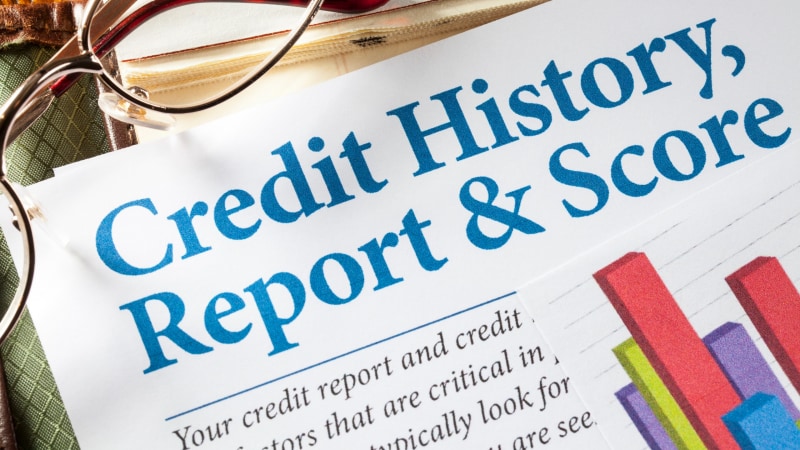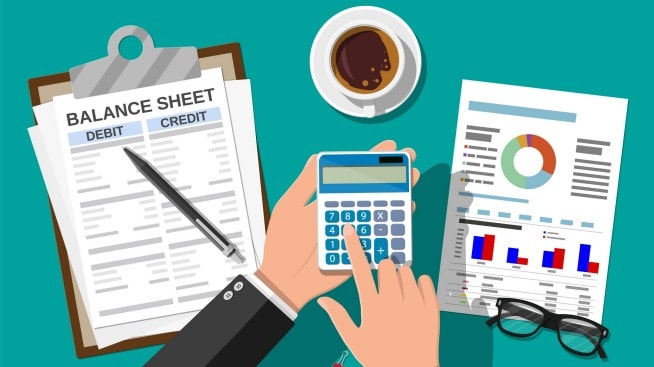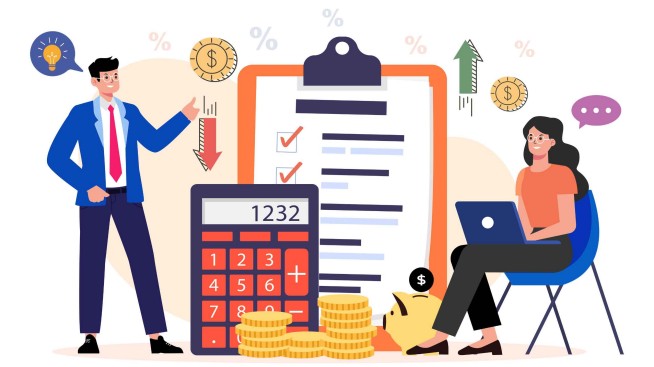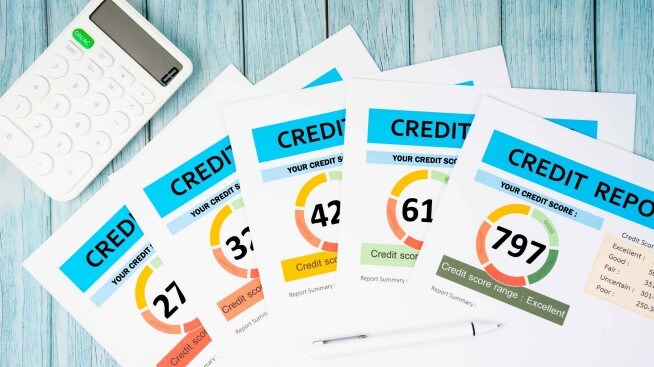What are ECOA codes on a credit report?

What are Equal Credit Opportunity Act (ECOA) codes on a credit report?
You've just received a recent credit report from one of the three main credit bureaus—Experian™, Equifax® or TransUnion®—and notice a few letters or numbers that are rather confusing. Maybe you see "M" or the number "5" listed. What do these apparently random numbers and letters all mean? And how do they apply to you?
What you're seeing are Equal Credit Opportunity Act codes. These codes represent different types of accounts and contexts around your accounts.
In this article, you'll learn about:
- The Equal Credit Opportunity Act
- ECOA codes and what they each mean
- Why these codes are important
What is the Equal Credit Opportunity Act?
The Equal Credit Opportunity Act (ECOA), otherwise known as "Regulation B," was enacted in 1974 and falls under the larger Consumer Credit Protection Act. It exists to help individuals from being denied from accessing credit based on discriminatory factors.
This act is a federal law that prohibits creditors from discriminating against individuals based on race, color, religion, national origin, sex, marital status, age, receipt of public assistance or good faith exercise. For example, an issuer cannot discriminate against you based on your skin color when it comes to granting approval for an application. They also can't discourage you from applying or borrowing money based on these factors.
According to the Consumer Financial Protection Bureau, the ECOA was initially enacted at a time when lenders discriminated against women due to their marital status and income. For example, lenders would be less likely to approve credit for a single woman or wouldn't consider a married woman's income when applying for a mortgage. The act was further amended to include other discriminatory factors such as race, country of origin and religion.
ECOA codes
The ECOA has codes that represent different types of accounts that you're associated with. Let's explore what each of these codes mean and how they might apply to you.
1 Individual account
The number "1" or the letter "I" represents an individual account. This account belongs solely to you and only you are responsible for repaying debts towards this account. Examples include credit card accounts, personal loans and auto loans. Depending on the report, these numbers or letters may be spelled out. For example, in a credit report provide by Experian, you'll see the phrase: "Responsibility INDIVIDUAL."
2 Joint contractual responsibility
When there's a "2" or "J" listed, this code indicates a joint account. That means you have shared responsibility of this account. You may have applied for a joint loan with your spouse, for example, and so you are both responsible for making payments towards this account.
3 Authorized user
If you see "3" or "A," this indicates that you are an authorized user on this particular account. That means that you have access to the account and can use it, but you are under no obligation to repay the debts. Instead, another person is responsible for this debt. It's possible for this code to be removed if the primary account holder removes you as an authorized user so that you can no longer use that account.
5 Co-maker or guarantor
The number "5" or the letter "C" refers to an account wherein you that also assume responsibility if the initial maker defaults. Defaulting on an account means that an individual has broken the terms of the agreement, such as missing payments towards that account for a certain period of time.
7 Maker account
If you see "7" or the letter "M," you're the maker of the account. This means that you are responsible for this account along with another person who is not your spouse.
T No longer associated
"T" or "terminated" means that this account is no longer associated with you. You are no longer responsible for this account.
W Business/commercial
A "W" indicates that this account is used for business purposes. This account is used specifically for a company and not for personal use.
X Deceased
If a co-signer who you share an account with passes away, this account could be marked as "X" or "deceased." The debts may still be owed, so it's important to inform the credit bureaus that you are alive and to confirm your identity.
Z Delete consumer
This code indicates that you will be deleted from an account. This could be due to the fact that there was an error or that you will no longer be associated with an existing account.
Why these codes are important
The ECOA exists to protect you from being discriminated against when it comes to being granted approvals for accounts. You could see the codes above on your credit report as a way to help indicate which accounts are associated with you and the responsibilities that you have with those accounts.
It's essential to review your report in detail so that you can dispute any errors. For example, if you notice that an account has been incorrectly labeled as deceased, you'll want to report this error to the credit bureau associated with the report and have the codes adjusted. Doing so can help protect your credit score and alleviate any future errors.
In the end, these codes help indicate your relationship to the accounts you're associated with and hold the appropriate parties responsible. This added measure can help create clarity about your financial status.



